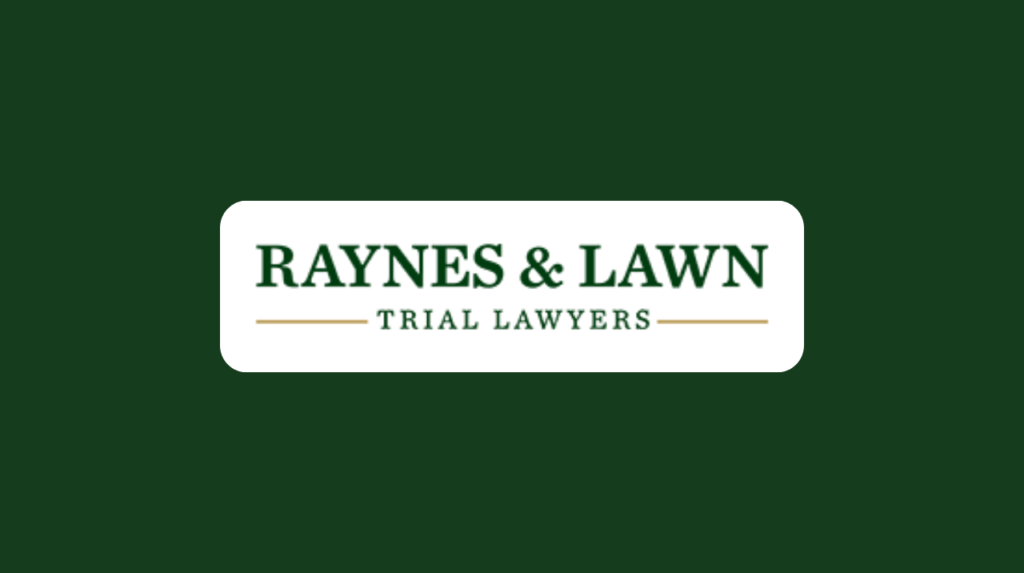What is Erb’s Palsy?

Erb’s palsy is a birth injury that affects the way a baby’s arm functions. The arm may be weak or paralyzed and may lack sensation. Erb’s palsy is the result of a brachial plexus injury. The brachial plexus is a bundle of nerves in the shoulder, connecting the neck to the arms and enabling movement, flexibility, and sensation in the arms and hands. These are the arm’s main nerves. When they are injured, signals can’t travel from the spinal cord to the affected arm.
Injuries to different nerves in the brachial plexus result in different conditions. When the upper nerves are damaged, the result is Erb’s palsy, where shoulder and arm movements and feeling may be impaired while the ability to move and feel the hand and fingers may remain intact.
What Causes Erb’s Palsy?
Erb’s palsy often is caused during a difficult or abnormal birth when a baby’s head, shoulders, and neck are excessively stretched or pulled to one side. This can happen when:
- A baby can’t get through the birth canal and has to be pulled by the shoulders during a head-first delivery.
- There is pressure on a baby’s raised arms during a feet-first delivery.
- A large baby may have one or both shoulders become stuck behind the mother’s pubic bone. If the head drops down into the birth canal and one shoulder is held back, that can stretch and damage the nerves.
- If both shoulders are stuck, that’s a more serious condition called shoulder dystocia, which triples the chance of the baby developing Erb’s Palsy.
 Types Of
Types Of
Erb’s Palsy
Doctors classify Erb’s palsy using four categories. Starting with the least serious and progressing to the most severe, the four types are:
Neuropraxia is the mildest type of Erb’s palsy, and it is the most common. It occurs when the brachial plexus is stretched but not torn. It usually heals by itself within three months but can cause discomfort and burning pain until then.
Neuroma occurs when the brachial plexus is stretched more than in neuropraxia, and some of the nerve fibers may be damaged. Scar tissue can form as the nerve fibers heal, which can press on other nerves and cause discomfort. Surgery or physical therapy may be necessary, and long-term recovery may be only partial.
Rupture occurs when stretched nerves tear. A rupture won’t heal on its own. Surgery is necessary to splice and graft the torn nerves.
Avulsions occur when nerves tear completely from the spinal cord. It is the most severe form of Erb’s palsy. When a baby has an avulsion, they can’t move their arm at all. The nerve can’t be reattached to the spinal cord, but surgery may splice nerves from other parts of the body.
Risk Factors For Erb’s Palsy
Risk factors relating to the baby:
-
- Large baby
- High birth weight of baby
Risk factors relating to the mother:
-
- Diabetes
- Small or abnormally shaped pelvis
- Excessive weight gain during pregnancy
- Inadequate medical monitoring
Risk factors relating to labor and delivery:
-
- Using forceps or other extraction tools
- Long labor
- Breech delivery
- Improper care by medical professionals
Symptoms Of Erb’s Palsy
When a baby has Erb’s palsy, that should be apparent at birth. However, it may not be possible to determine the extent of the nerve damage and loss of function until the baby is three-to-six months old. Nerve damage can range from minor bruising to complete tears. Loss of function in the arm can range from weakness to partial paralysis to complete inability to move.
Erb’s palsy affects one arm. Symptoms in the affected arm include:
- Weakness
- Numbness
- Loss of sensation
- Atrophy of shoulder and arm muscles
- Limited motion
- Arm hanging by baby’s side, rotated inward
- Forearm extended
- Inability to lift arm from the side
- Inability to lift arm above shoulder height
- Loss of flexion in elbow
- Stunted growth from shoulders to fingertips
- Decreased grip strength in hand
- Temperature improperly regulated
- Skin damage slow to heal
- Impaired development of circulation, muscles, and nerves
- Partial or total paralysis
Treatment Of Erb’s Palsy
The treatment of Erb’s palsy depends on how severe the condition is. In less severe conditions, the injury may heal on its own by the time a baby is three-to-six months old. The baby should be re-examined at six months to see if further treatment is necessary.
Treatment options include:
- Physical therapy: is one of the first treatments tried for mild cases. It can help improve stiffness, lack of movement, and grip strength.
- Occupational therapy: improves muscle tone and joint function with movement exercises. The goal is to help develop strength for day-to-day activities.
- Surgery: may be necessary for more severe cases where there is nerve damage and paralysis. For best results, the surgery should usually be done as soon as possible.
- Nerve transfer surgery: takes a healthy nerve from elsewhere in the baby’s body and attaches it to the damaged nerve. This surgery is usually performed on babies younger than nine months old.
- Tendon transfer surgery: takes a tendon from elsewhere in the body and moves it to the arm or shoulder.
Can Erb’s Palsy Be Caused By Medical Malpractice?
Doctors and other medical professionals have a duty to meet certain standards. If they fail to monitor a woman properly during her pregnancy, don’t take risk factors into account, are negligent during delivery, or fail to properly monitor a baby with Erb’s palsy in the months after birth, then they may have committed medical malpractice.
If your child suffered a birth injury due to medical malpractice, or if your baby’s Erb’s palsy was not properly diagnosed and treated after birth, you may be able to sue for compensation. In that case, you may be entitled to payment for your child’s medical treatment, hospital procedures, physical or occupational therapy, pain and suffering, and loss of future income.
If you believe your child is a victim of medical negligence, contact the experienced birth injury lawyers at Raynes & Lawn by calling us at 1-800-535-1797 for a free, confidential consultation.

For the general public: This Blog/Website is made available by the law firm publisher, Raynes & Lawn, for educational purposes. It provides general information and a general understanding of the law but does not provide specific legal advice. By using this site, commenting on posts, or sending inquiries through the site or contact email, you confirm that there is no attorney-client relationship between you and the Blog/Website publisher. The Blog/Website should not be used as a substitute for competent legal advice from a licensed attorney in your jurisdiction.
For attorneys: This Blog/Website is informational in nature and is not a substitute for legal research or a consultation on specific matters pertaining to your clients. Due to the dynamic nature of legal doctrines, what might be accurate one day may be inaccurate the next. As such, the contents of this blog must not be relied upon as a basis for arguments to a court or for your advice to clients without, again, further research or a consultation with our professionals.
